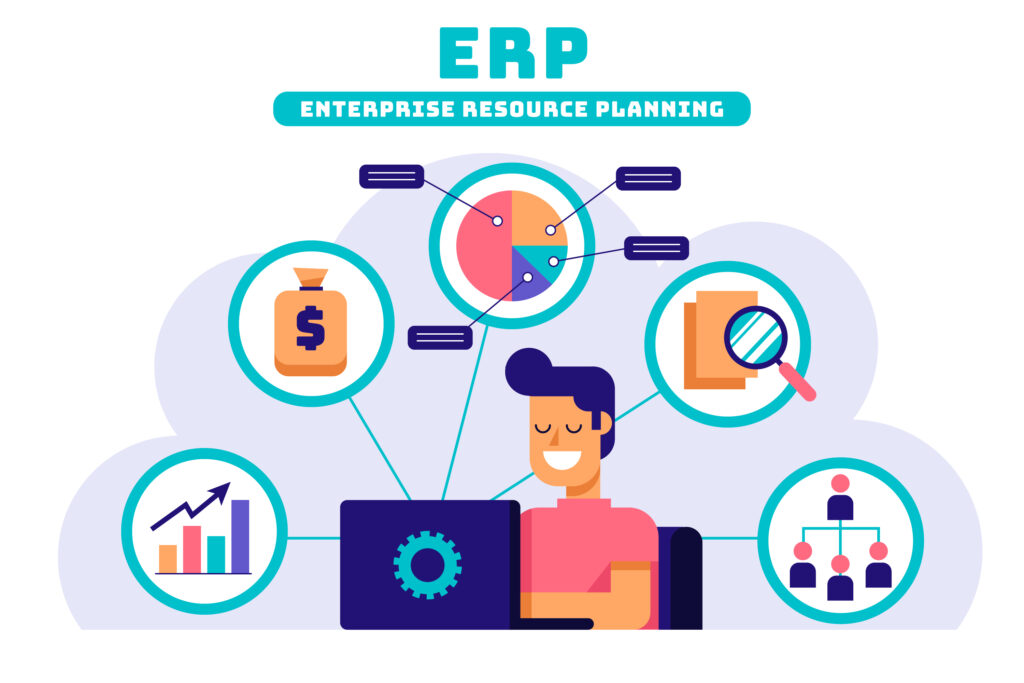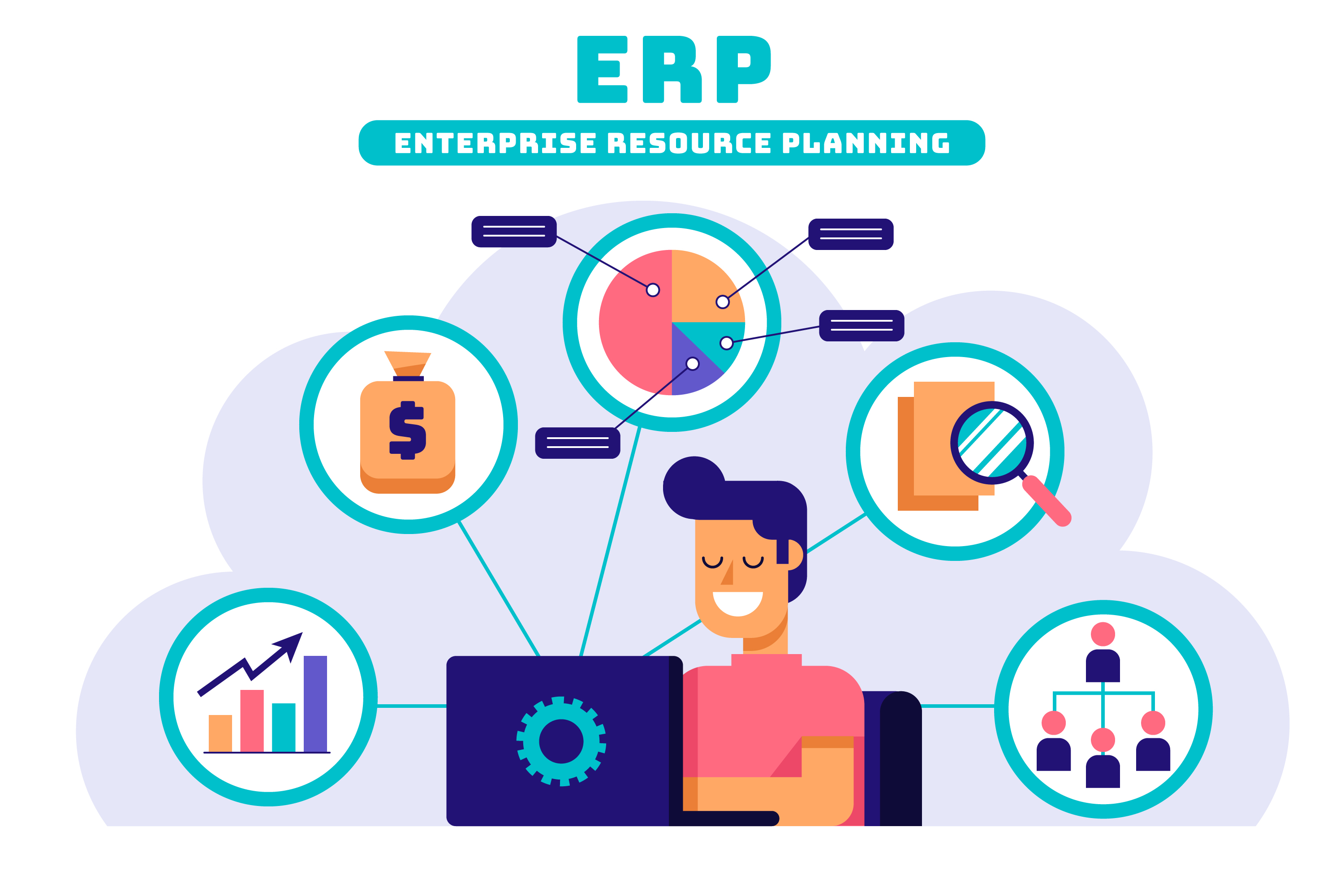Enterprise Resource Planning (ERP) systems are becoming increasingly important for organizations of all sizes. These software solutions help businesses integrate and manage their day-to-day operations, from accounting and inventory management to customer relationship management (CRM) and supply chain management. However, implementing a new ERP system can be a daunting task, especially when it comes to promoting user adoption. Here are some tips to help you promote user adoption during an implementation of a new ERP solution.

1. Involve Your Users Early
One of the most critical factors in promoting user adoption during an implementation of a new ERP system is involving your users early in the process. Before you even select an ERP system, involve your users in the selection process. Understand their needs, challenges, and requirements to identify the best ERP system that meets their needs.
Once you have selected an ERP system, involve your users in the implementation process. Ensure that you keep them informed of what is happening and ask for their feedback at every stage. Allow your users to participate in the planning, testing, and rollout of the new system. This will help build their buy-in and make them feel like they have a stake in the success of the implementation.
2. Provide Comprehensive Training
Another critical factor in promoting user adoption is providing comprehensive training. Ensure that your users understand how to use the new ERP system before they start using it. Provide training that is tailored to their specific roles and responsibilities. For example, salespeople may need training on how to enter customer orders, while accountants may need training on how to enter financial transactions.
Offer training in different formats, such as online courses, in-person training, and self-paced training. Ensure that the training materials are easy to understand and provide clear instructions on how to perform various tasks using the new ERP system. Also, provide ongoing training opportunities to help users continuously improve their skills and keep up with updates and new features of the system.
3. Make the System User-Friendly
The usability of an ERP system is a crucial factor in promoting user adoption. A user-friendly system can help reduce resistance and frustration among users. Ensure that the system has an intuitive interface that is easy to navigate. The system should have clear and concise menus, with easy-to-find buttons and commands. Additionally, the system should provide users with context-sensitive help that explains how to perform specific tasks.
You can also make the system more user-friendly by customizing it to match the workflows and processes of your organization. This can help reduce the learning curve for your users and make the transition to the new system smoother.
4. Identify and Address User Concerns
During the implementation of a new ERP system, users may have concerns about the system’s impact on their daily work. These concerns may include worries about the system’s usability, increased workload, or the possibility of job losses. It’s essential to identify these concerns and address them early in the implementation process.
Hold regular meetings with your users to understand their concerns and provide them with information that addresses those concerns. For example, you could provide information on how the new system will make their work easier and more efficient, or how the system will enable them to focus on higher-value tasks. Addressing user concerns can help build trust and confidence in the new system and encourage adoption.
5. Provide Incentives
Providing incentives can also help promote user adoption of a new ERP system. Incentives can be financial or non-financial and can include rewards such as bonuses, extra time off, or recognition. Incentives can also include opportunities for career advancement or learning and development opportunities.
Providing incentives can help motivate users to adopt the new system and make it a success. However, it’s essential to ensure that the incentives are relevant and meaningful to your users. Incentives that are not meaningful or that do not align with user values can have the opposite effect and reduce user motivation.
6. Communicate Effectively
Effective communication is essential for promoting user adoption of a new ERP system. Ensure that you communicate frequently and clearly with your users throughout the implementation process. This can include regular emails, newsletters, and meetings to provide updates on the implementation process and any changes or updates to the system.
Also, provide user guides, help documentation, and FAQs to help users quickly find answers to common questions or issues. Consider setting up a helpdesk or support system to provide users with immediate support if they encounter problems while using the new system.
7. Measure and Monitor User Adoption
It’s essential to measure and monitor user adoption of the new ERP system. This will help you identify any areas of resistance or low adoption rates and address them before they become major issues. You can use metrics such as system usage, user feedback, and user satisfaction to measure and monitor adoption.
Consider setting up a user adoption dashboard that provides real-time insights into user adoption rates and trends. Use this dashboard to identify areas of low adoption and take steps to address them, such as providing additional training or addressing user concerns.
Conclusion
To promote user adoption during the implementation of a new ERP system is critical for its success. Involving users early, providing comprehensive training, making the system user-friendly, identifying and addressing user concerns, providing incentives, communicating effectively, and measuring and monitoring user adoption are all essential factors for promoting user adoption. By following these tips, you can help ensure a successful implementation of a new ERP system and improve the efficiency and effectiveness of your organization’s operations.
Related Articles:




